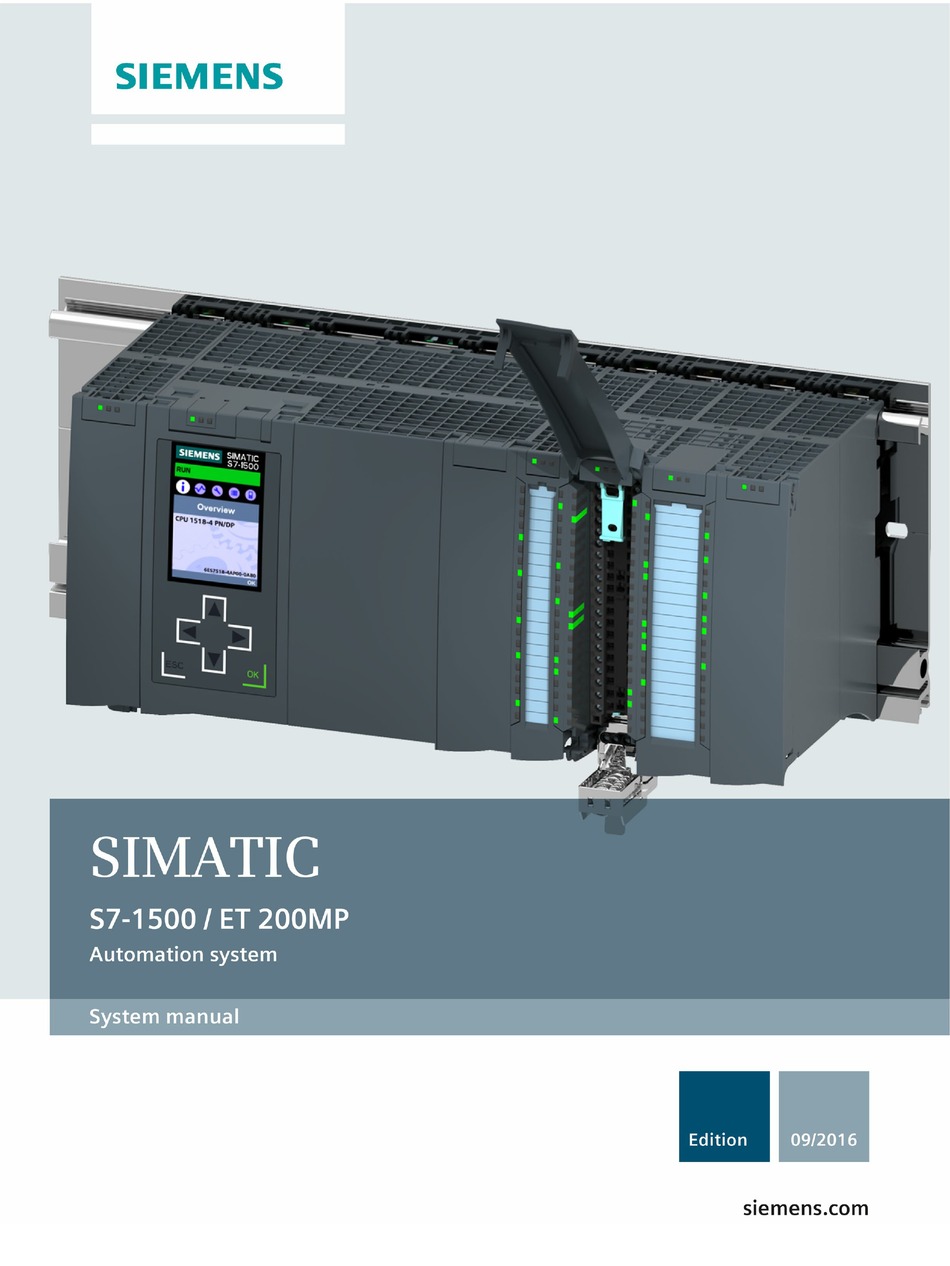

Most vehicles are double-ended, with operating controls at both ends and doors on both sides. Portland, Oregon's first two orders of S70/S700 LRVs are single-ended cars, with one non-driving end (shown). Since late 2017, only the newer design remains in production, and the last S70 cars built that are still considered to be model S70 were a five-car order for Metro Transit of Minneapolis–Saint Paul that was delivered in fall 2017. In 2019, the company began using the designation S700 for new orders, and in 2020 it retroactively applied the S700 designation to all LRVs and streetcars that had been built to the newer design since its creation in 2013 or 2014. "Type 5" cars of Portland, Oregon's MAX Light Rail system, in 2014, but initially Siemens continued to sell LRVs with either center-section configuration and used the designation S70 for both. The first LRVs built to the newer design were the That newer version resulted from a redesign in which Siemens adapted the center-section truck that it had previously used in its SD660 model (built 1996–2005) to the S70, for the purpose of allowing longitudinal (sideways-facing) seating to be used there, in place of transverse seating, for better passenger comfort and movement. The model number S700 was adopted by Siemens Mobility in 2019 as a rebranding of a version of the S70 that had been in production since 2014.

manufacturing facilities (in Sacramento, California), only model S700 remains in production, the last S70s having been built in 2017, for Minneapolis–Saint Paul's Metro Transit light rail system. Redesign and model number change Īt Siemens's U.S.

The first purchase of the European version, a five-section tram-train design sold under the Avanto brand name, was a 15-car order placed in July 2002 by SNCF, for its line between Aulnay-sous-Bois and Bondy, which is now known as Île-de-France tramway Line 4.
#Siemens simatic s7 1500 system manual series
This first series of S70 cars entered service on January 1, 2004, the opening day of Houston's light rail system. – where the three-section model was originally known as S70 Avanto but soon became known only as the S70 – was placed in 2001 for the MetroRail system in Houston, Texas, and the first car was received by Houston in April 2003. The first order for S70 vehicles in the U.S. The original, more steeply sloped end is shown at left and the later style at right. The design of the car ends of the S70 has been modified over time. To date, the Avanto has been sold to two tram-train operations in France. In the tram-train market, its principal competitors are Bombardier’s Flexity Link and Alstom’s Citadis. In Europe, the Siemens Combino and Avenio models are the preferred offerings for purely light rail or tramway systems. The Avanto was built for the European market starting in 2006 and was principally sold to tram-train systems which, in whole or part, share their tracks with heavy rail trains. In this field, it competes mainly with Bombardier and Kinki Sharyo low-floor LRVs and modern streetcars manufactured by Inekon and Brookville Equipment Corporation. The S70 was manufactured from 2002 to 2017 and the S700 from 2014 to present, but the model designation S700 was only introduced in 2019 and then retroactively applied to certain versions of the S70 built in earlier years. The S70 and S700 are built for the United States market where the vehicles are in use on several light rail and streetcar systems. The Siemens S700, its predecessor the S70 and European variant, the Avanto are a series of low-floor light-rail vehicles (LRV) and streetcars manufactured by Siemens Mobility, a division of German conglomerate Siemens AG.


 0 kommentar(er)
0 kommentar(er)
